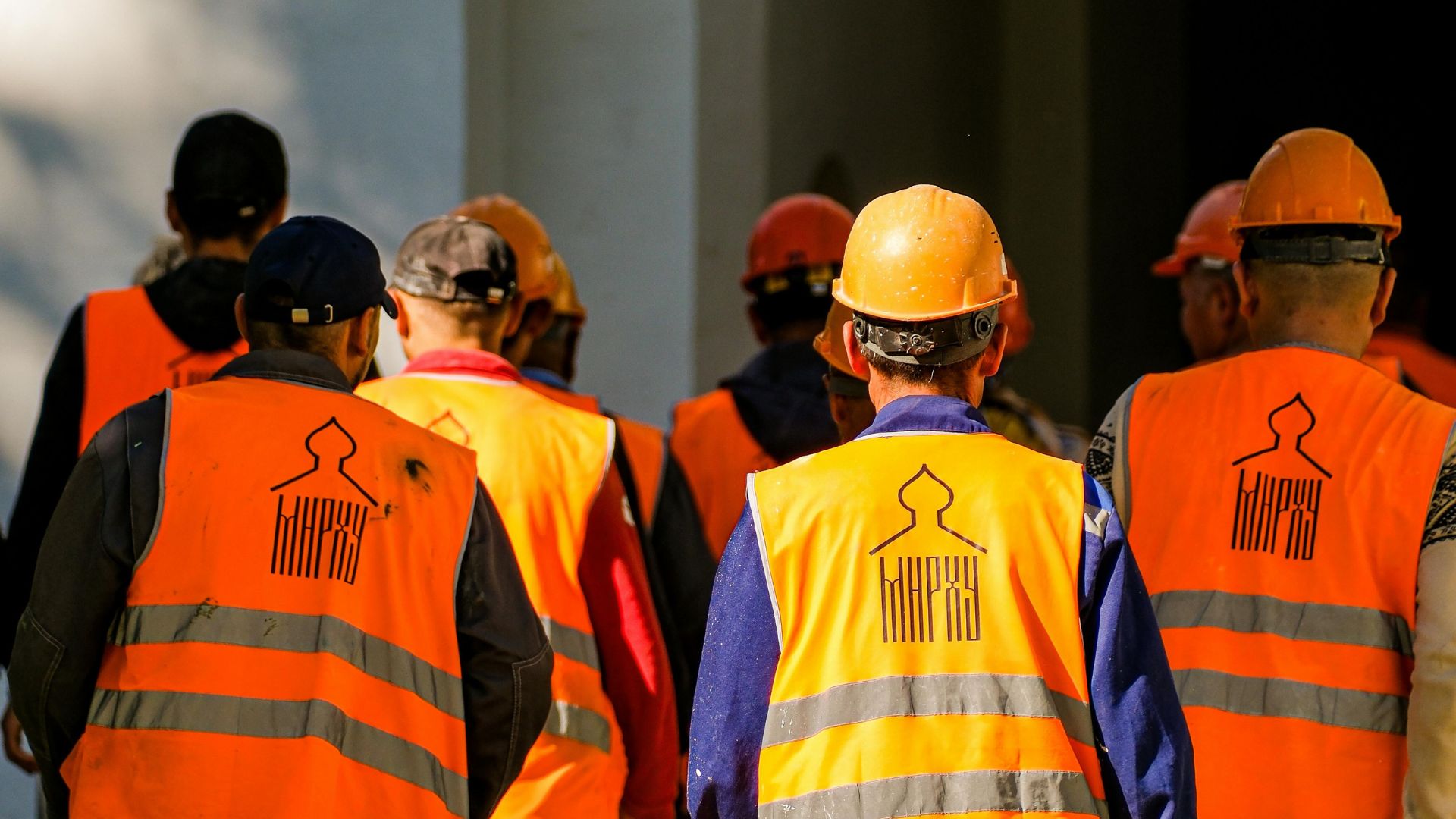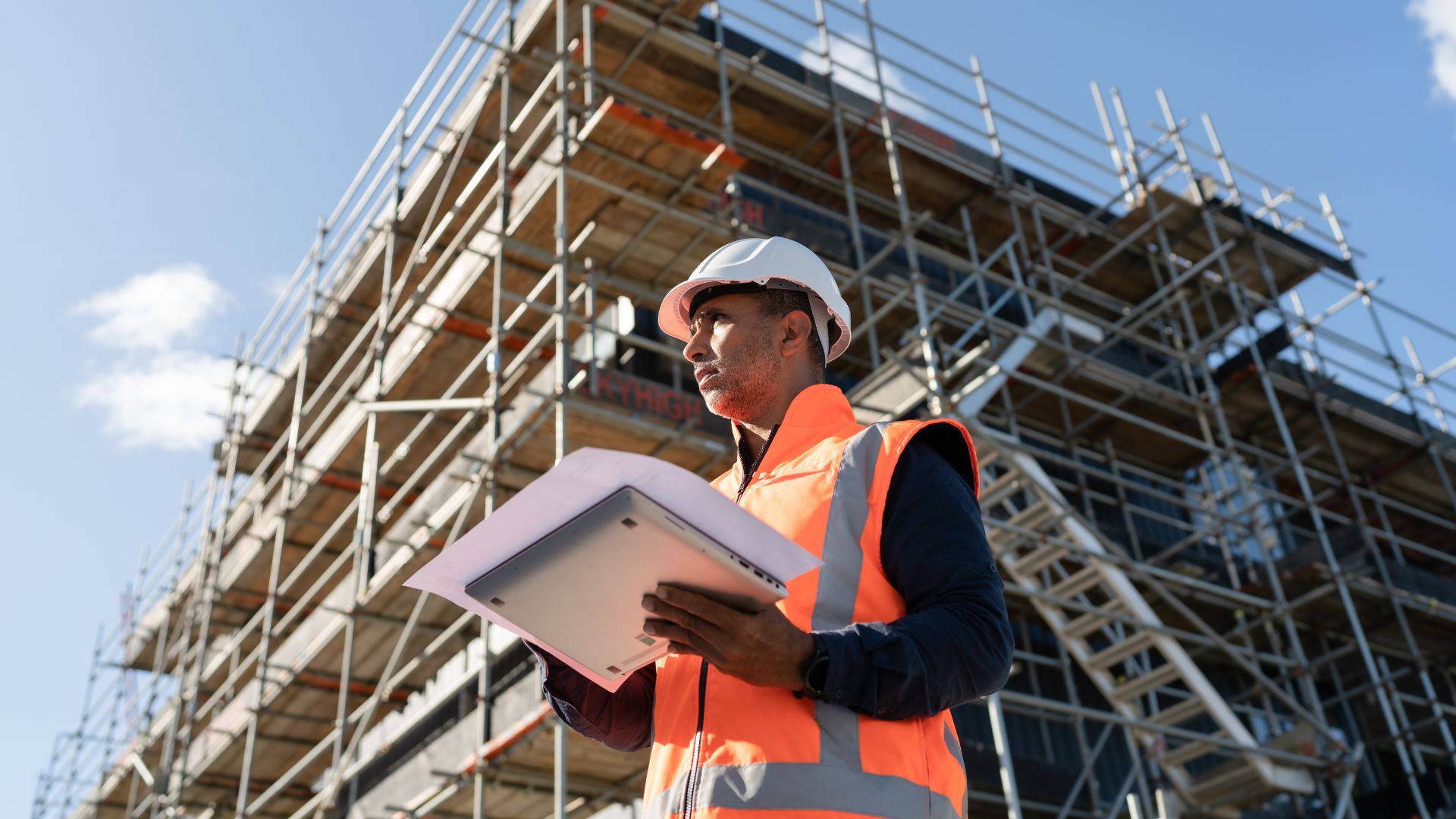.webp)
How To Create A Culture Of Safety In A Deskless Workplace


Workplace safety is a top priority for every organization, but creating a culture of safety can be challenging in a deskless workplace.
With employees working in various locations and roles, it can be tough to ensure everyone is on the same page when it comes to safety. In this blog, we'll explore what a culture of safety is, why it's important, who is responsible for creating it, and 5 tips for increasing employee buy-in.
What is a Culture of Safety?
A culture of safety is an organizational culture that prioritizes and values safety at all levels. It involves creating a work environment where everyone is committed to identifying, assessing, and managing workplace hazards. It means that safety is not just a top-down approach but a shared responsibility among all employees.
.webp)
Why is it important?
A culture of safety is essential for the success of any organization. It not only reduces the number of accidents and injuries but also improves employee morale, productivity, and job satisfaction. It creates a sense of trust and openness among employees, leading to better communication and teamwork. A culture of safety also ensures that the organization complies with the necessary safety regulations and standards.
Who is responsible for creating a culture of safety?
Creating a culture of safety is the responsibility of everyone in the organization, from the top-level management to the front-line employees. However, it starts with the leadership team, who must prioritize safety and lead by example. They must communicate the importance of safety and provide the necessary resources and training to ensure everyone is equipped to work safely.
.webp)
5 Tips to Increasing Employee Buy-In and Build a Culture of Safety
Building and maintaining a culture of safety relies on the buy-in of your employees. Without their input and support safety initiatives, processes, and programs will fall over. But here are a few things you can do to increase employee buy-in:
- Involve Employees in the Process
- Provide Adequate Training
- Make Safety a Part of Performance Metrics
- Recognize and Reward Safe Behavior
- Regularly Evaluate and Improve Safety Measures
1. Involve Employees in the Process
Involve employees in identifying hazards, developing safety policies, and implementing safety measures. This gives them a sense of ownership and encourages them to take responsibility for their safety.
2. Provide Adequate Training
Provide comprehensive training to employees on how to identify hazards and work safely. Training should be ongoing, and employees should be regularly updated on new safety policies and procedures.
3. Make Safety a Part of Performance Metrics
Incorporate safety metrics into performance metrics, such as including safety goals in performance appraisals. This motivates employees to prioritize safety and ensures that safety is integrated into all aspects of the organization.
4. Recognize and Reward Safe Behavior
Recognize and reward employees who demonstrate safe behavior. This reinforces the importance of safety and encourages other employees to follow suit.
5. Regularly Evaluate and Improve Safety Measures
Regularly evaluate safety measures to identify areas that need improvement. Solicit feedback from employees and make changes as necessary.
{{ Learn more with our Culture of Safety eBook here }}
.webp)
Prioritize your people and they'll prioritize safety
Creating a culture of safety in a deskless workplace is not an easy task, but it's essential for the well-being of employees and the success of the organization.
By involving employees in the process, providing adequate training, incorporating safety into performance metrics, recognizing safe behavior, and regularly evaluating safety measures, organizations can increase employee buy-in and create a safer work environment for everyone.
Frequently Asked Questions


See PepTalk in action


Related
Latest Blogs


See PepTalk in action





.webp)


.webp)







.webp)